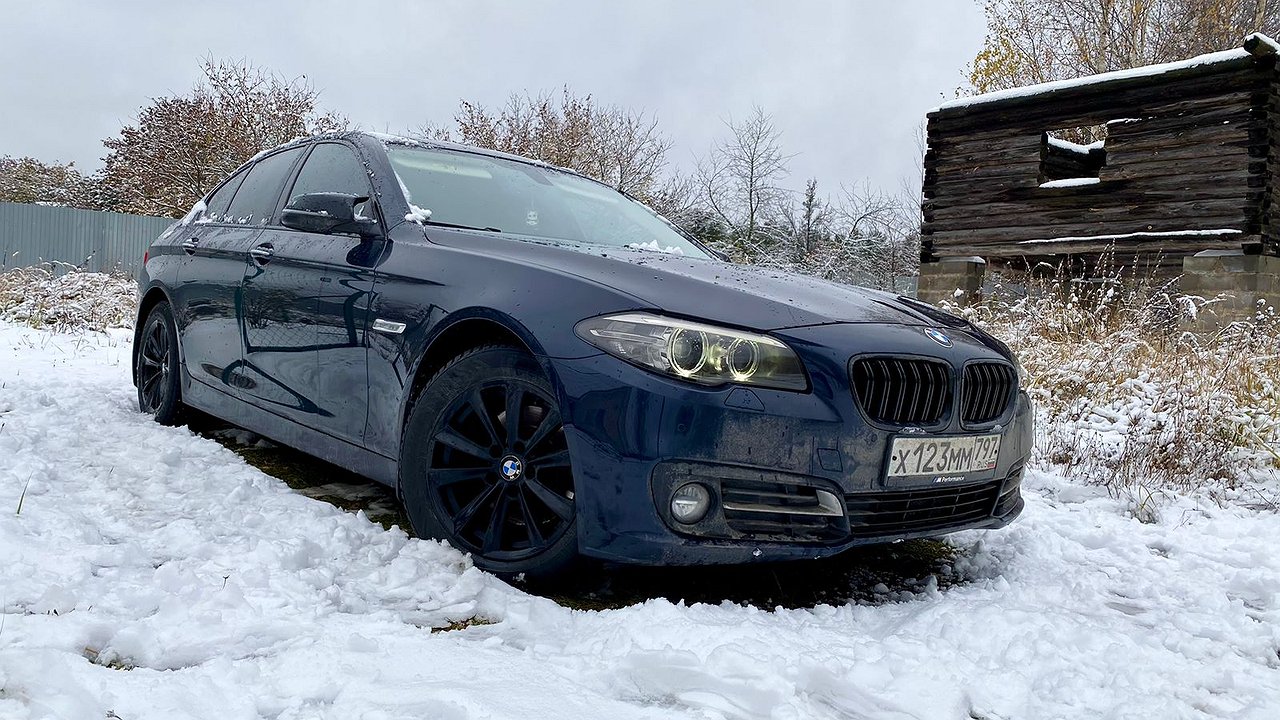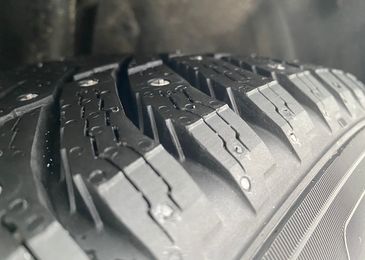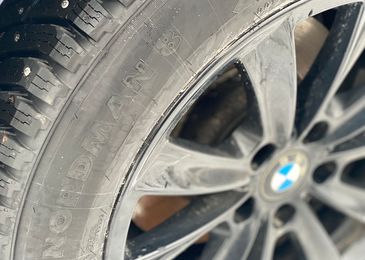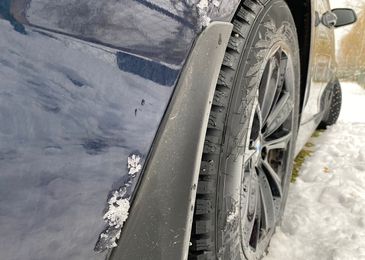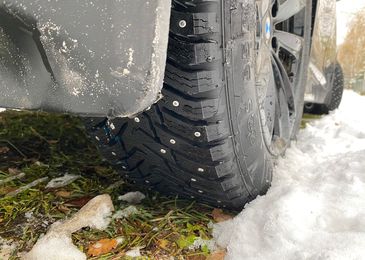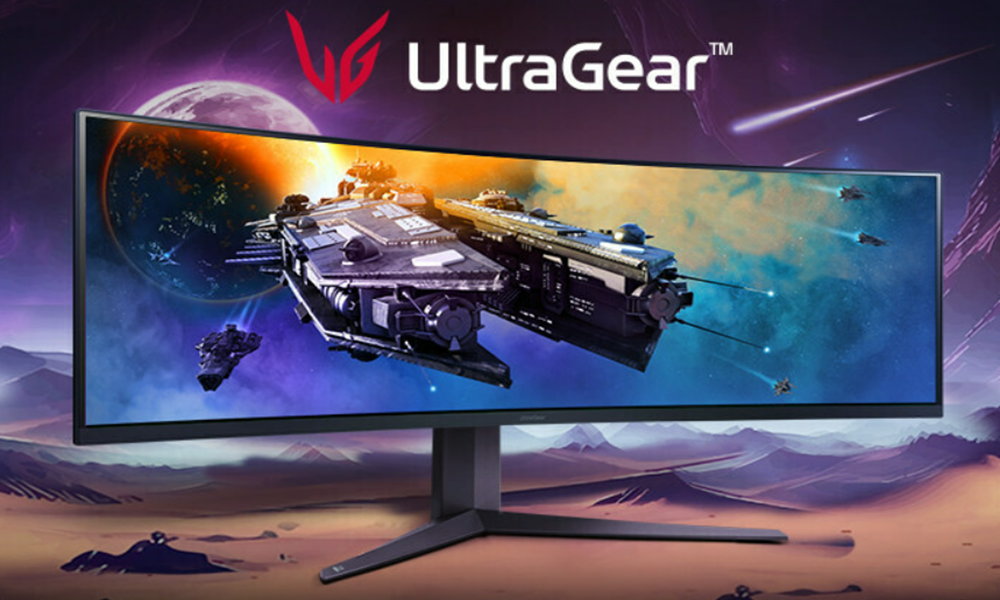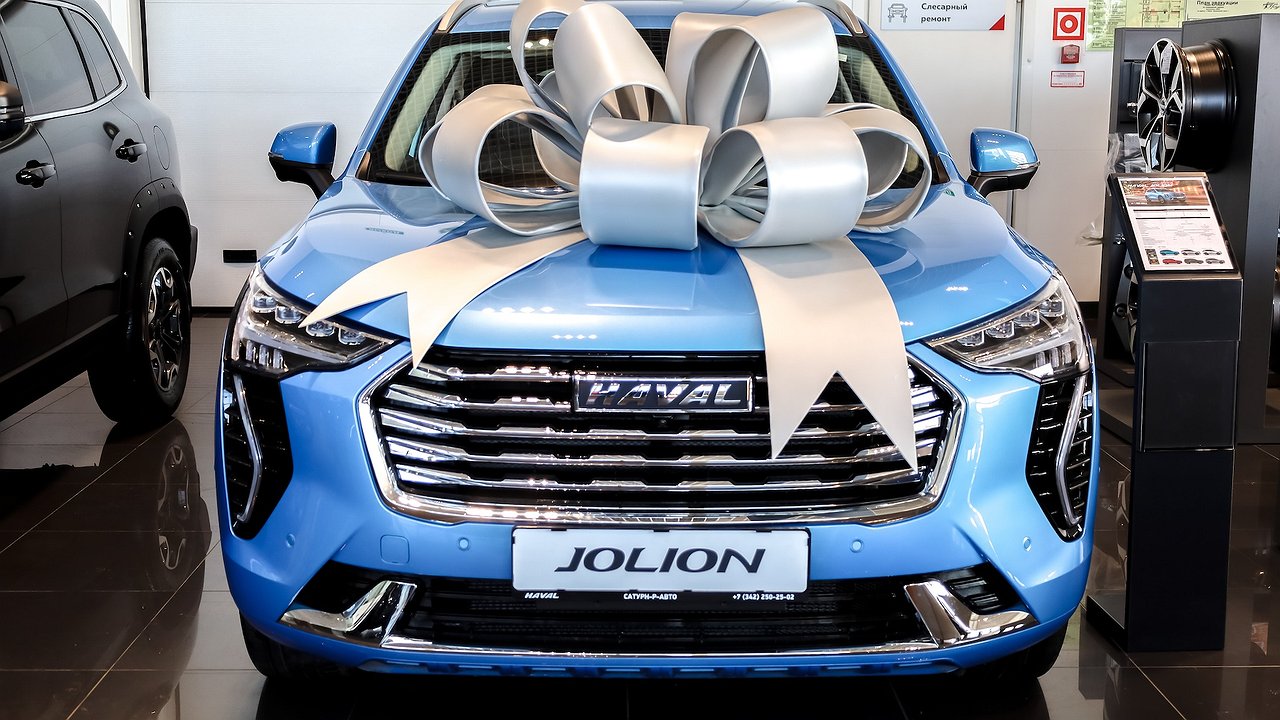The company of the Scandinavian Nokian, as well as the plant near St. Petersburg, came under the wings of the domestic giant Tatneft, which further expanded the business started by the Finns in the production and sale of tires loved by our motorists developed. The AvtoVzglyad portal found out how much worse or better the tires became without foreign support, using the example of the stud winter model Nordman 8.
From now on, Nordman is no longer Nokian, but Ikon. Skeptics have already noted that the newly acquired Russian acquisition was not given the Finnish recipe and that, along with the naming, the composition of the rubber mixture also changed. Of course not for the better. But the evil tongues themselves don’t seem to know where such assumptions come from. The AutoVzglyad portal decided to test the Russified Nordman 8 in practice and discovered the fundamental differences between Ikon and Nokian.
While critics and armchair experts spew venom, let’s evaluate the model from a lab testing perspective. We will not plunge you into the technical jungle of research, but can assure you with complete confidence: the rubber mixture is prepared according to the same recipes as before. Natural rubber, as before, is purchased abroad.
Another thing is that costs may vary due to external factors that affect exchange rates. The more expensive the components, the higher the price tag of the final product. However, today in our country the remains of the Nokian Nordman 8 are sold for the same money as ‘ordinary’ Nordman 8. For example, a tire of size 225/55 R17 is offered for 12,000 rubles – with or without the Finnish logo. And not only in specialized stores, but also on the official Ikon Tires website.
But let’s return to our “rubber” discrepancies. Tire production, which has been streamlined for years at the Vsevolozhsk plant near St. Petersburg, is carried out on the same equipment as before the secession of the Scandinavians. Let’s say more: the Russian site is considered one of the most high-tech in Europe! The production of tires is organized according to a full cycle – from the initial raw materials to the finished products, and the capacity of the enterprise allows to produce up to 17,000,000 units annually. In addition, before the start of the well-known events, “rubber” was supplied from here to 40 different countries of the world. In other words: the properties of the tires have not changed. Almost… If you don’t take into account that the studs have changed.
If Nokia’s Nordman 8 had a hexagonal tip, the Ikon has it in the shape of a butterfly. What are the fundamental differences and how does this manifest itself in practice, you ask? Let’s talk. According to the terms of the deal with the Finns, the Russian side does not have the right to use the Scandinavian “thorn”, and therefore the specialists of the R&D center were concerned in advance about the issue of designing and testing a new peak .
Do not be surprised, but in the end it turned out to be even better than the European hexagon, which is confirmed by repeated comparative tests at the test site under different road and climatic operating conditions, as well as extensive laboratory studies on specialized specialized equipment. The peculiarity of the anchor-shaped stud, patented by Ikon Tires, is the presence of a wear-resistant core with a large number of corners and edges that increase the effectiveness of traction on icy surfaces.
The oval shape of the top flange provides maximum space to enclose and retain the stud in the belt projector. It sways less under dynamic loads and is more tolerant of mechanical changes. At the same time, a special recess in the lower flange absorbs the shocks on the surface, promoting tensile properties and minimizing noise levels. In fact, the Nordman 8 willingly follows the orders of a driver who decides to experiment with maneuvers at speed in conditions of a wet road surface, flavored with an ice crust.
Perhaps only during an emergency deceleration, especially if you’re driving aggressively, the tire sometimes jumps off course, even though it deviates from course quite predictably. The credit for this goes to the volumetric slats, the walls of which support each other, preventing the discs from exploding. By the way, the discs themselves have reinforcements on the back, which also helps to increase the contact patch.
As for driving on a snow-covered surface, the “butterflies” persistently and quickly eat into the crust of the crust and “cling” to the snow with the same zeal as “haters” to the absence of the Nokian emblem on the band. But unlike the grumbling haters, Nordman 8 performs its tasks reasonably and rightly: the uniform distribution of the studs over the entire tread surface helps in this regard.
From now on, Nordman is no longer Nokian, but Ikon. Skeptics have already noted that the newly acquired Russian acquisition was not given the Finnish recipe and that, along with the naming, the composition of the rubber mixture also changed. Of course not for the better. But the evil tongues themselves don’t seem to know where such assumptions come from. The AutoVzglyad portal decided to test the Russified Nordman 8 in practice and discovered the fundamental differences between Ikon and Nokian.
While critics and armchair experts spew venom, let’s evaluate the model from a lab testing perspective. We will not plunge you into the technical jungle of research, but can assure you with complete confidence: the rubber mixture is prepared according to the same recipes as before. Natural rubber, as before, is purchased abroad.
Another thing is that costs may vary due to external factors that affect exchange rates. The more expensive the components, the higher the price tag of the final product. However, today in our country the remains of the Nokian Nordman 8 are sold for the same money as ‘ordinary’ Nordman 8. For example, a tire of size 225/55 R17 is offered for 12,000 rubles – with or without the Finnish logo. And not only in specialized stores, but also on the official Ikon Tires website.
But let’s return to our ‘rubber’ discrepancies. Tire production, which has been streamlined for years at the Vsevolozhsk plant near St. Petersburg, is carried out on the same equipment as before the secession of the Scandinavians. Let’s say more: the Russian site is considered one of the most high-tech in Europe! The production of tires is organized according to a full cycle – from the initial raw materials to the finished products, and the capacity of the enterprise allows to produce up to 17,000,000 units annually. In addition, before the start of the well-known events, “rubber” was supplied from here to 40 different countries of the world. In other words: the properties of the tires have not changed. Almost… If you don’t take into account that the studs have changed.
If Nokia’s Nordman 8 had a hexagonal tip, the Ikon has it in the shape of a butterfly. What are the fundamental differences and how does this manifest itself in practice, you ask? Let’s talk. According to the terms of the deal with the Finns, the Russian side does not have the right to use the Scandinavian “thorn”, and therefore the specialists of the R&D center were concerned in advance about the issue of designing and testing a new peak .
Do not be surprised, but in the end it turned out to be even better than the European hexagon, which is confirmed by repeated comparative tests at the test site under different road and climatic operating conditions, as well as extensive laboratory studies on specialized specialized equipment. The peculiarity of the anchor-shaped stud, patented by Ikon Tires, is the presence of a wear-resistant core with a large number of corners and edges that increase the effectiveness of traction on icy surfaces.
The oval shape of the top flange provides maximum space to enclose and retain the stud in the belt projector. It sways less under dynamic loads and is more tolerant of mechanical changes. At the same time, a special recess in the lower flange absorbs the shocks on the surface, promoting tensile properties and minimizing noise levels. In fact, the Nordman 8 willingly follows the orders of a driver who decides to experiment with maneuvers at speed in conditions of a wet road surface, flavored with an ice crust.
Perhaps only during an emergency deceleration, especially if you’re driving aggressively, the tire sometimes jumps off course, even though it deviates from course quite predictably. The credit for this goes to the volumetric slats, the walls of which support each other, preventing the discs from exploding. By the way, the discs themselves have reinforcements on the back, which also helps to increase the contact patch.
As for driving on a snow-covered surface, the “butterflies” persistently and quickly eat into the crust of the crust and “cling” to the snow with the same zeal as “haters” to the absence of the Nokian emblem on the band. But unlike the grumbling haters, Nordman 8 performs its tasks reasonably and rightly: the uniform distribution of the studs over the entire tread surface helps in this regard.
Source: Avto Vzglyad
Donald Salinas is an experienced automobile journalist and writer for Div Bracket. He brings his readers the latest news and developments from the world of automobiles, offering a unique and knowledgeable perspective on the latest trends and innovations in the automotive industry.







